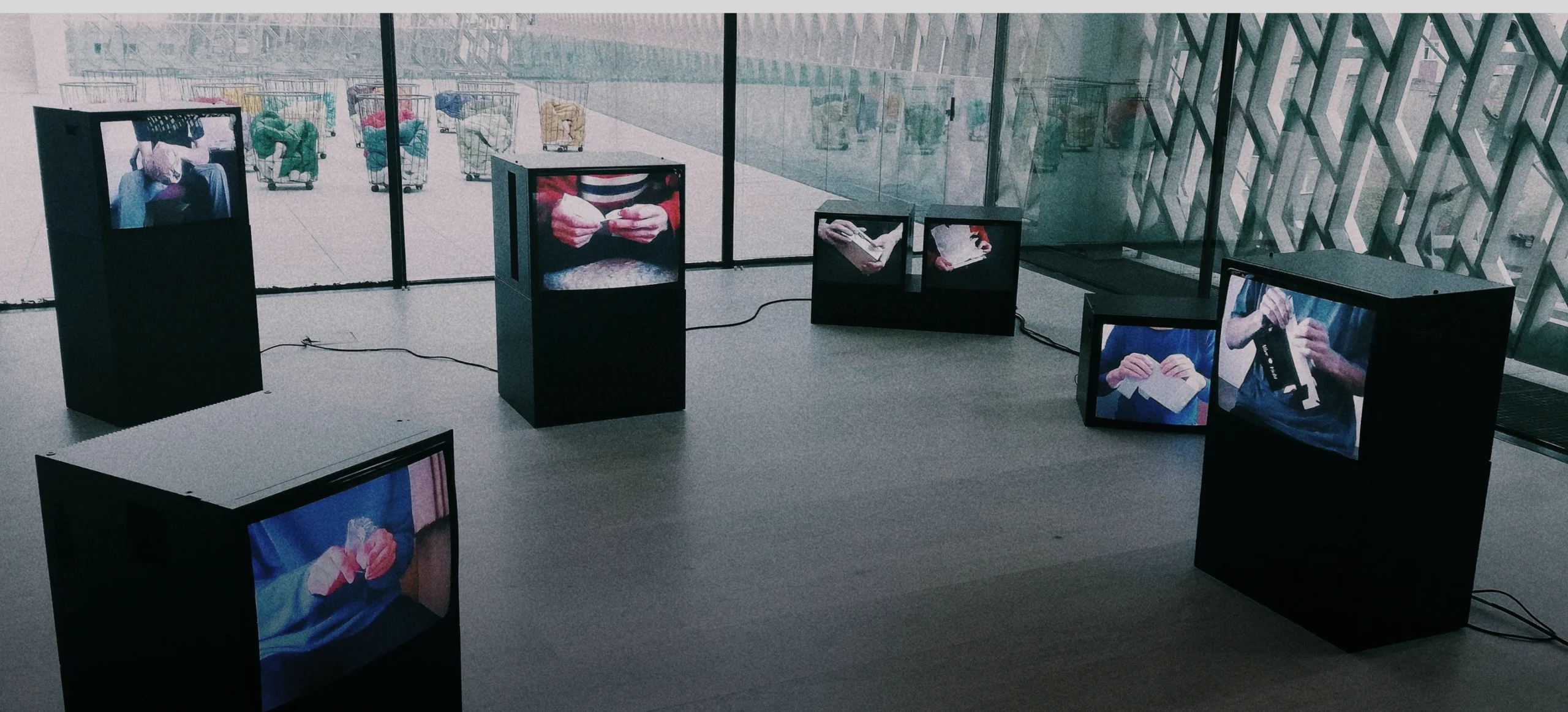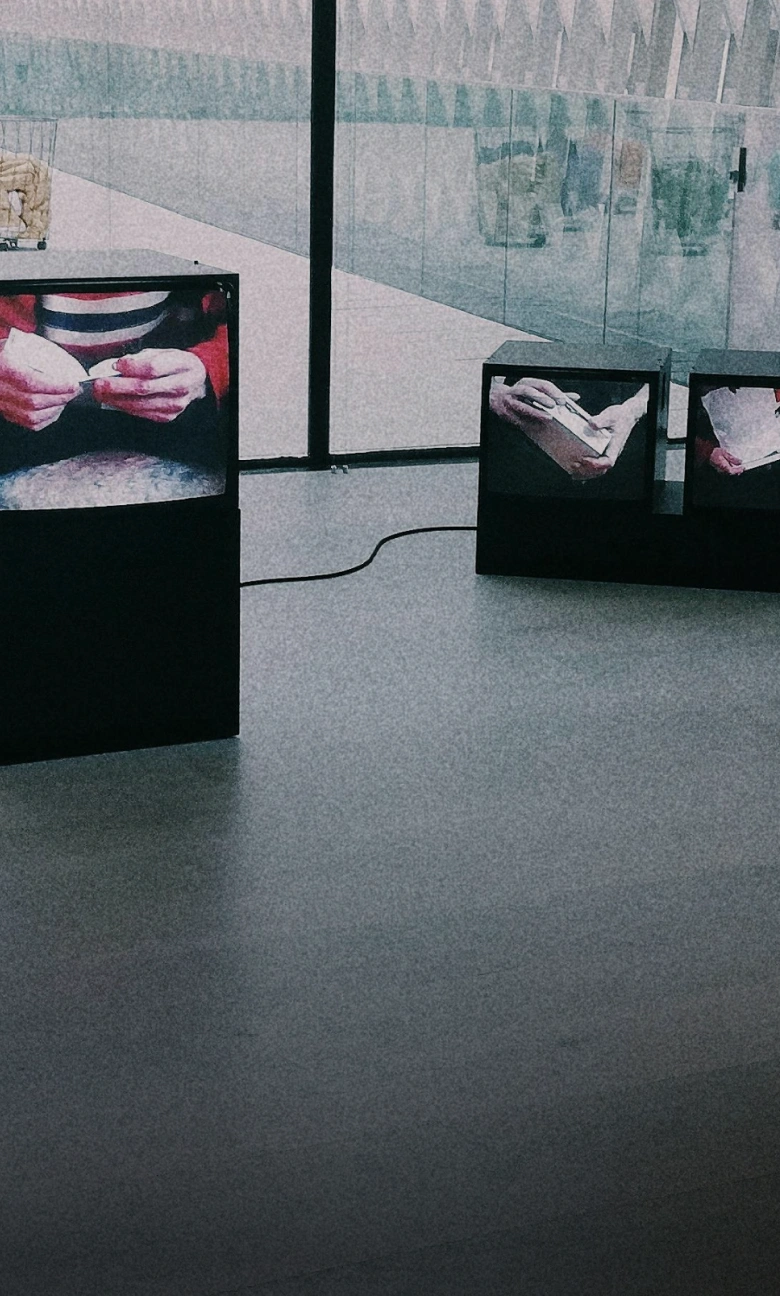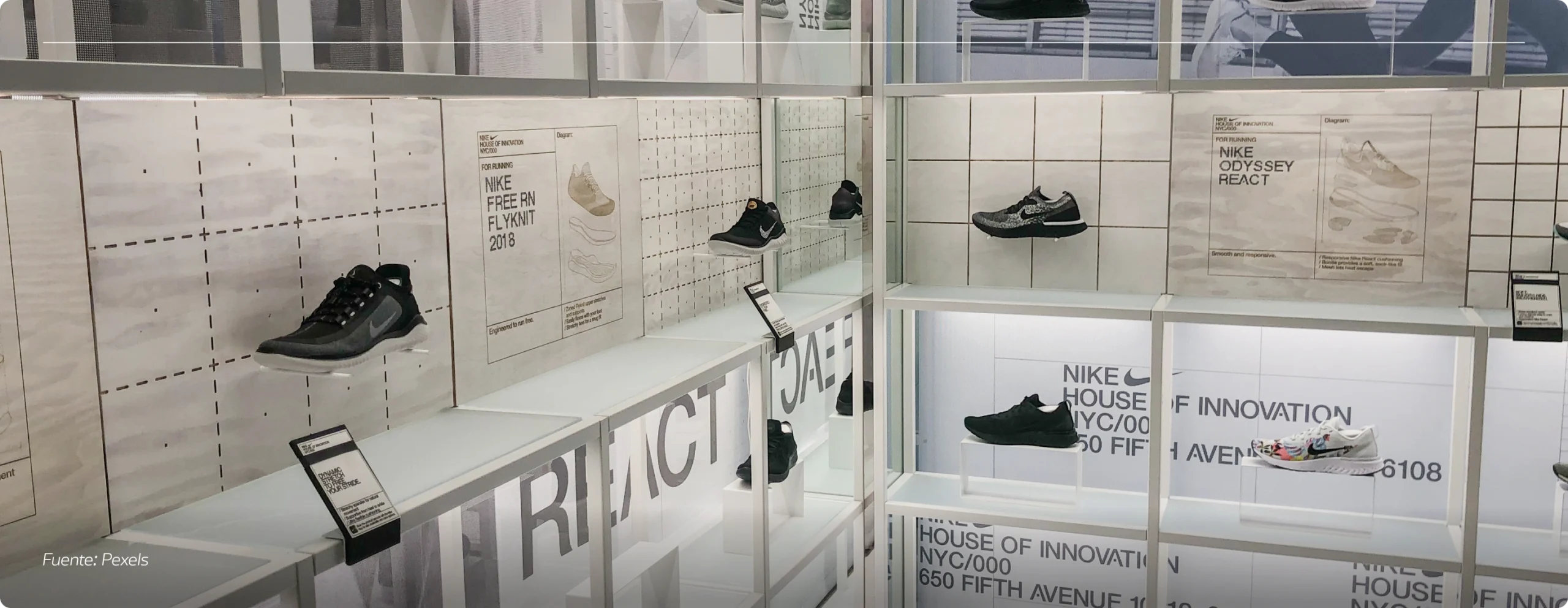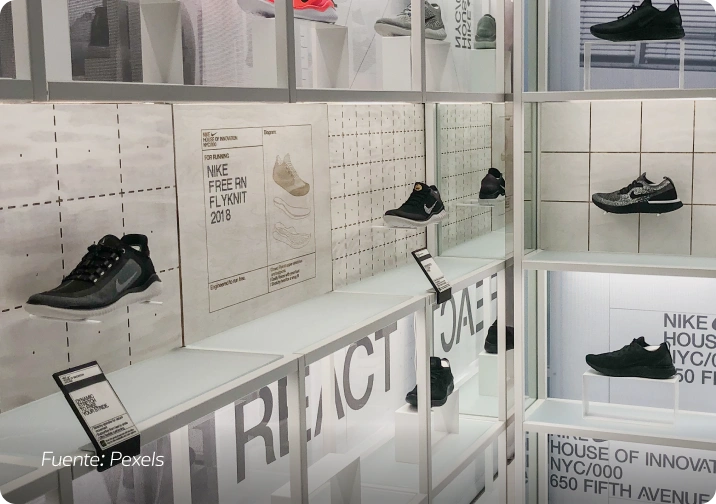

Whether it’s retailers integrating digital technologies into their physical stores or digital brands venturing into brick-and-mortar spaces, the fusion of physical and digital elements in the shopping experience is what we call “Phygital.” It’s not just a buzzword but a strategy that has gained significant momentum within the omnichannel paradigm.
What Is Phygital Retail, and Where Did It Begin?
Just as we use landmark events to define new eras in world history—the fall of the Berlin Wall, the advent of the internet, the storming of the Bastille—the retail world experiences similar turning points on a different scale. These milestones help us understand emerging concepts and paradigms that gradually reshape industries over time.
To understand Phygital Retail, we need to revisit a pivotal moment:
The 2008 U.S. Real Estate Crisis
More specifically, the decline and fall of the mall—the epitome of consumer culture in the United States.
(We’ll explore the causes of this phenomenon and its growth in Latin America in another article.)
Between 2010 and 2014, alarmed by the decline of malls and the rapid growth of e-commerce, many retailers and operators began brainstorming ideas and strategies to save what was feared to be the inevitable end of physical retail—or the death of brick-and-mortar.
In 2014, Skyler Fernandes, a retail real estate expert and Managing Director of Simon Venture Group at the time, delivered a powerful presentation at Wired Retail UK. He began his talk with a striking line reminiscent of Nietzsche:
“Brick-and-mortar is dead, but long live brick-and-mortar.”
Skyler was referencing the conversation at the time about malls, physical retail, and e-commerce. Addressing a skeptical yet curious audience, he outlined his vision for the future of retail.
In his talk, Skyler drew a parallel between the trillions of dollars in physical retail sales versus e-commerce sales. He highlighted how millennial consumer behaviors were set to transform the industry into “Retail 4.0,” driven by technology and the evolution of web-rooming and show-rooming. These concepts, he argued, were the embryonic foundations of Phygital Retail.
(You can watch his presentation here: shorturl.at/cguCG.)


Phygital Sparks New Ideas
Skyler’s conference ignited a wave of new business ideas for me personally.
For instance, I considered implementing Wi-Tri (wireless power transfer) in stores as a replacement for Wi-Fi, aiming to enhance the shopping experience and attract more customers to physical locations.
It also spurred me to investigate how Phygital Retail would impact people’s lifestyles—both within stores and in their daily lives—and reshape their understanding of the world.
The Emergence of a New Consumer
Phygital Retail marks the beginning of not just a new consumer but a new social being—one shaped by experiences and the spaces in which they occur, whether digital, physical, or a seamless hybrid where the distinctions blur.
Immersive technology is creating new spaces for interaction, initially through video games and social media. However, it’s clear that no language is more transformative for humanity than consumption.
Today, we have digital shopping spaces. Tomorrow, these will evolve into digital environments for more human activities. Perhaps they’ll become places where we dream, find happiness, and live the lives we’ve always envisioned.
Reflecting on Reality
To close, we may find ourselves pondering Morpheus’s famous words in The Matrix (1999):
“What is real? Welcome to the desert of the real.”
Phygital Retail is not just about shopping; it’s about reimagining how we interact with the world—and how the world interacts with us.

